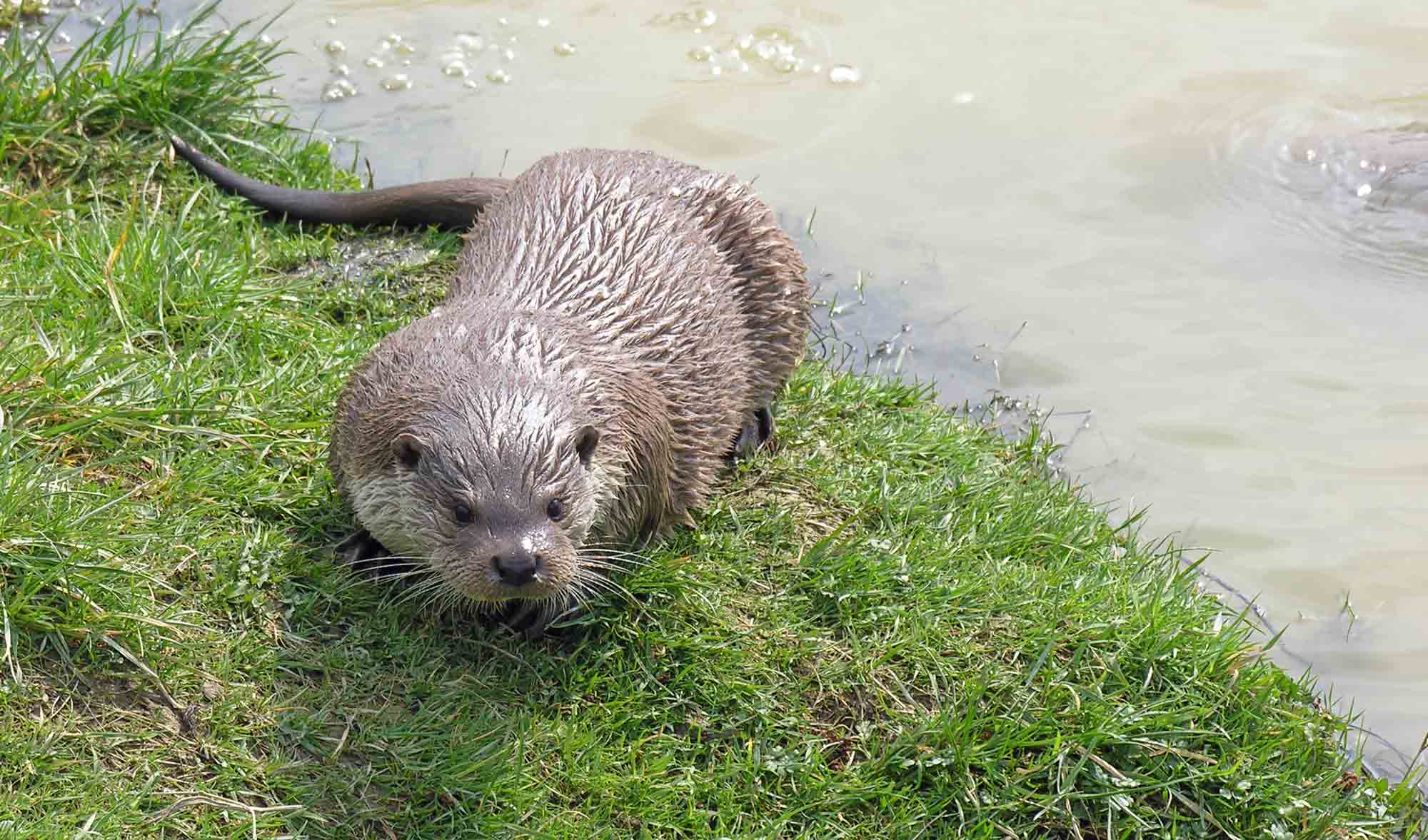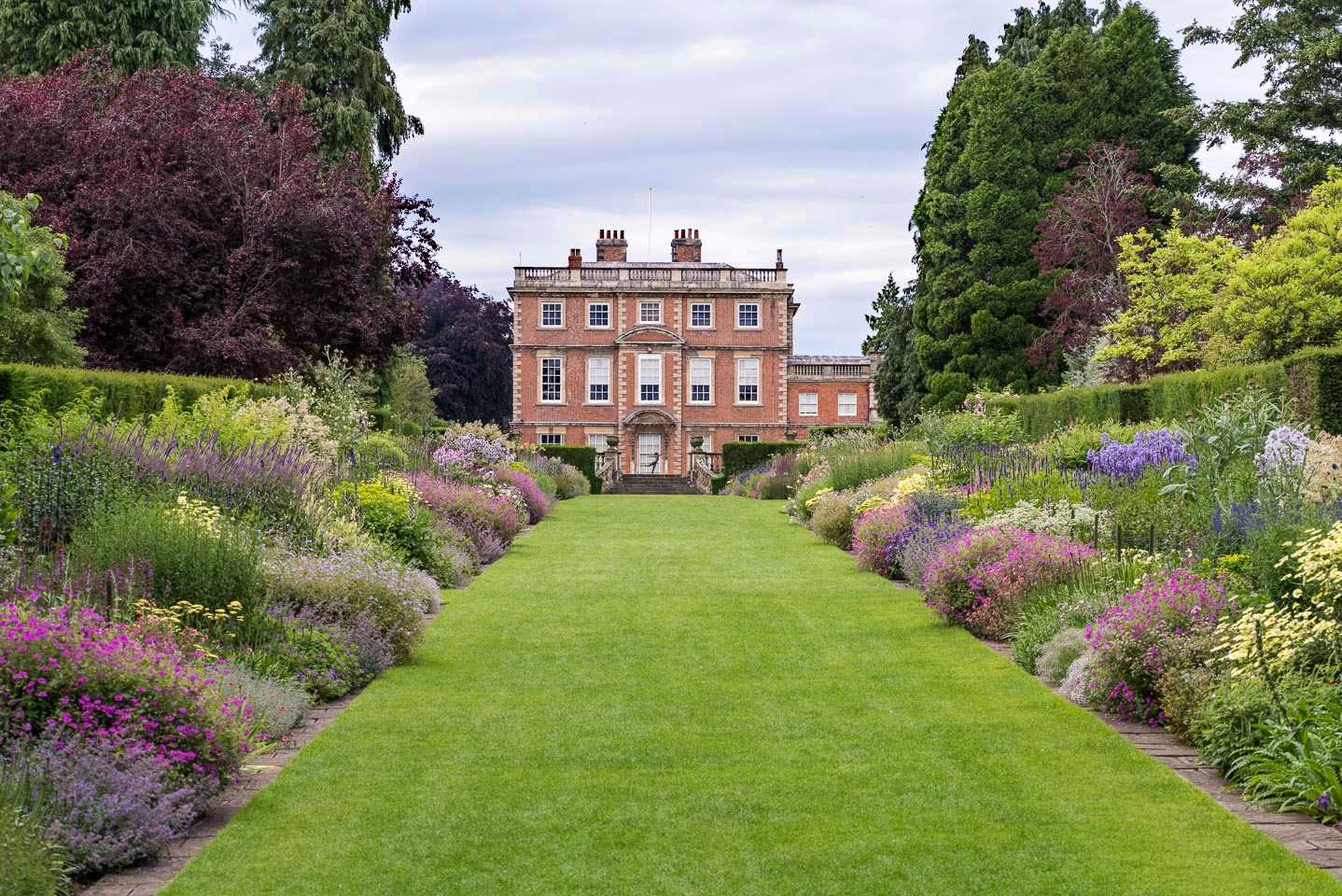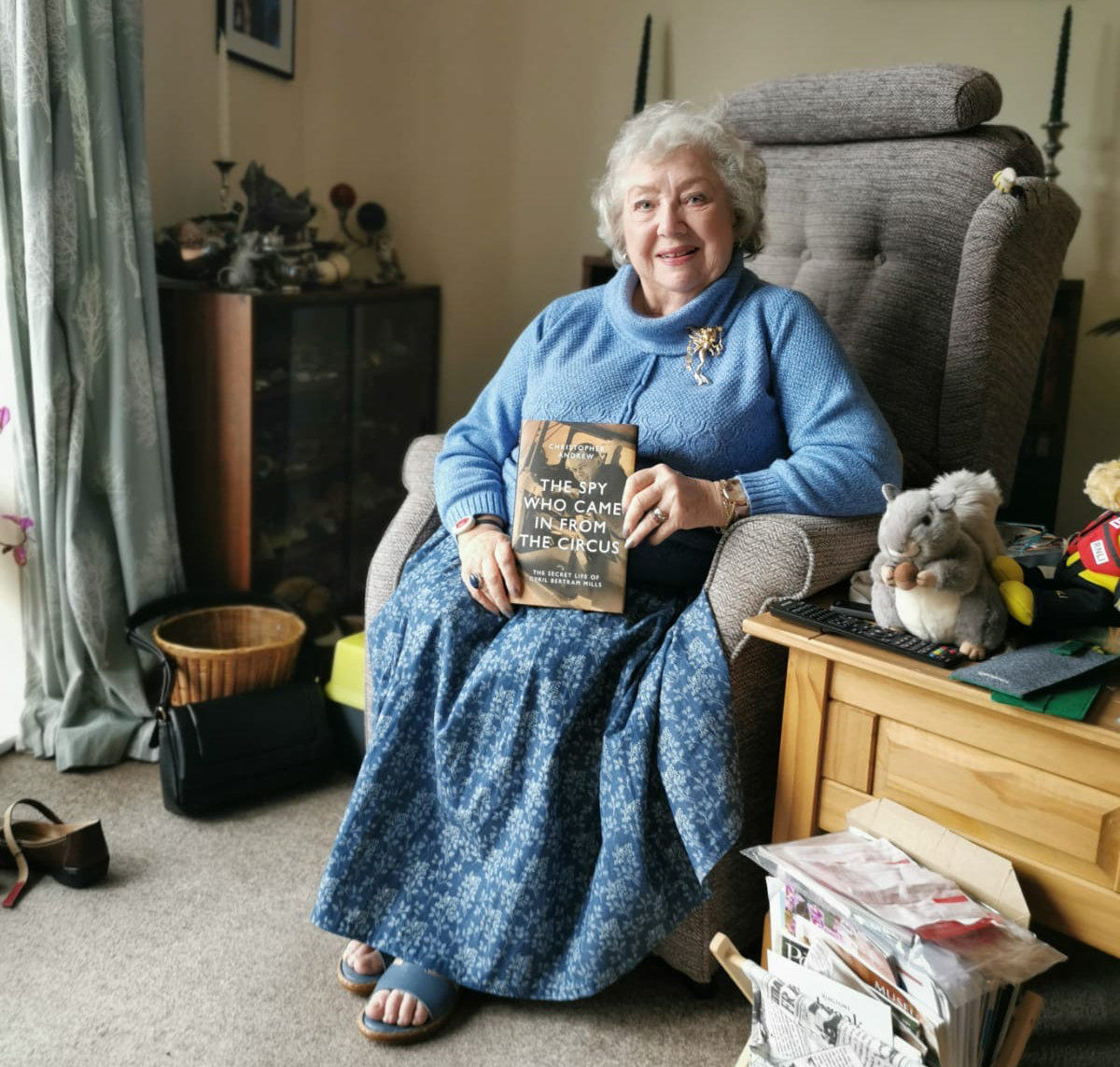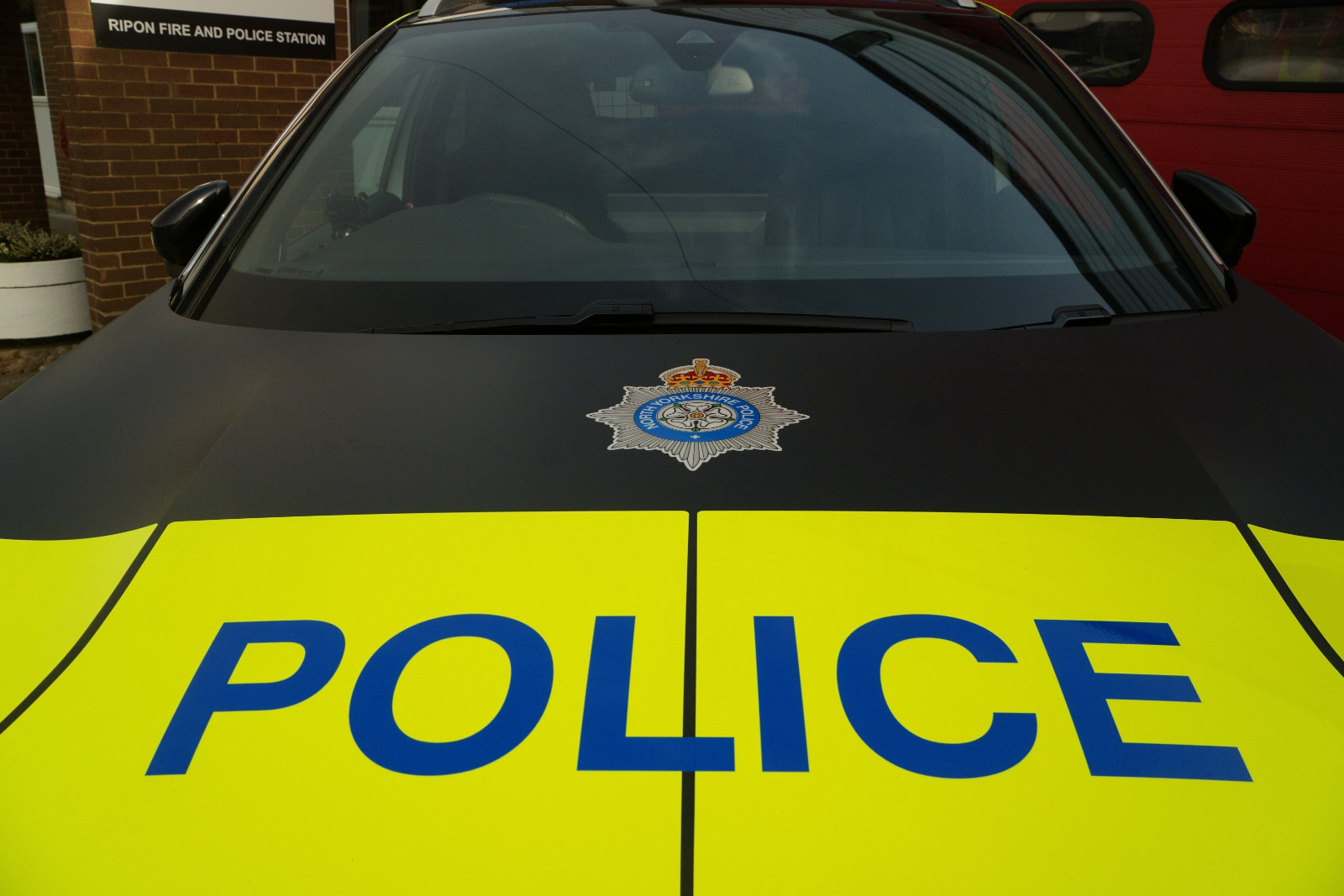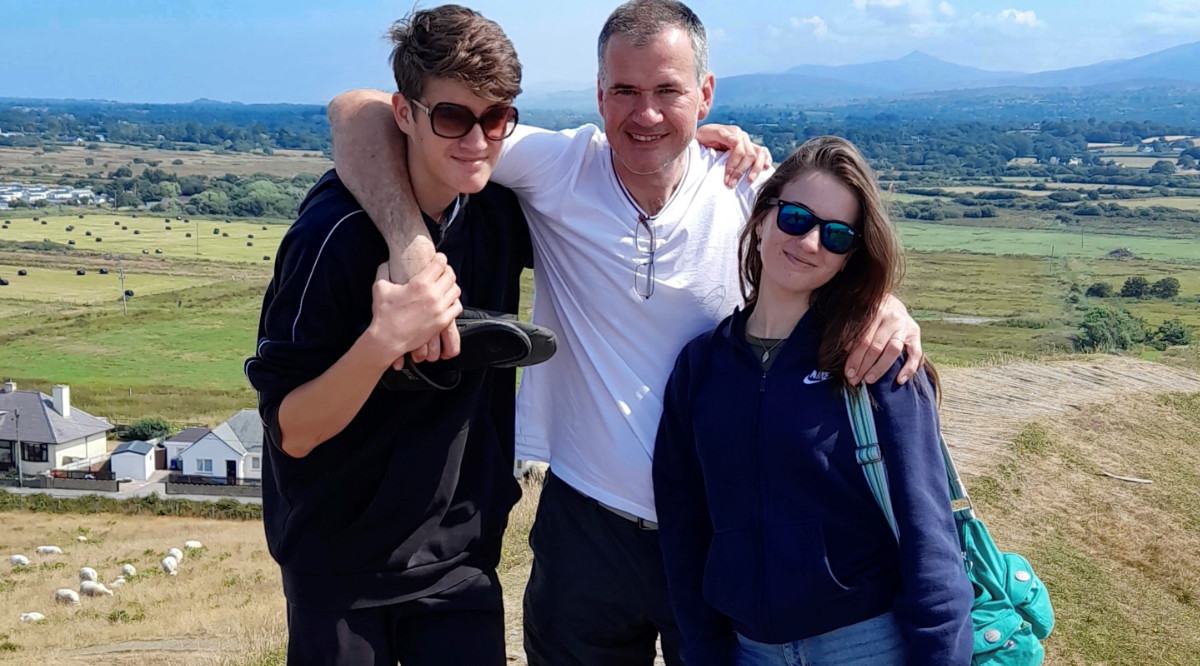The Wild Watch, led by the team at Nidderdale Area of Outstanding Natural Beauty (AONB), has announced its Project Roadshow of free winter wildlife talks.
The series begins with ‘All about Otters’, as senior ecologist Karl Harrison from Haycock and Jay Associates, uncovers otter behaviour and ecology.
All about Otters’ takes place on 16 October at 7pm at the Clarke Foley Centre in Ilkley. The series of free talks continues through to February with talks from experts from the University of Leeds, University of York and RSPB, covering topics on Wildlife and Farming in the Uplands, Cryptic Creatures and The Yorkshire Dales as a Wildlife Refuge.
The Wild Watch has 28 recordings of otter presence (spraints) from river surveys in nine areas of the AONB. The team’s wildlife survey volunteers have also found discarded crayfish claws as evidence of suspected otter prey along the rivers.
Solange Ponce, The Wild Watch Project Assistant, said:
Not everyone is aware the AONB is home to otters, but they are one of the most adorable and clever aquatic mammals we have, and we’re keen to increase conservation to safeguard our otter populations. There was a mass decline of otter populations in the UK in the 1950-60s due to pesticide pollution, persecution and habitat destruction.
The Wild Watch is supported by the Heritage Lottery Fund, and works to radically improve wildlife knowledge in Nidderdale Area of Outstanding Natural Beauty. It works with natural historians and local people to gather information on where our local wildlife lives, and runs free professional training for volunteers to acquire the natural history skills needed to collect data on threatened species.
Solange added:
Otters require high water quality habitat to survive and their presence in the AONB signals a healthy water ecosystem that supports other life. Today, otters are slowly widening in distribution and have been sighted in every county in the UK which is fantastic news as in the 1970s they were isolated to mainly northern Scotland, western Wales and areas of the West Country. There is still a lot of work to be done, both nationally and in the AONB, to protect their habitats and maintain healthy waterways. At the Wild Watch we have been collecting baseline data for otters in the AONB using citizen science to inform conservation planning and protection for our beloved otters.
‘All about Otters’ takes place on 16 October at 7pm at the Clarke Foley Centre in Ilkley. The series of free talks continues through to February with talks from experts from the University of Leeds, University of York and RSPB, covering topics on Wildlife and Farming in the Uplands, Cryptic Creatures and The Yorkshire Dales as a Wildlife Refuge.
Go to www.thewildwatch.org.uk for full details. All talks are free to attend with no booking required.
Otter Fact File
– Otter babies are called ‘kits’
– The collective noun for otters is a ‘romp’ or ‘bevy’ of otters
– They can live up to 10 years but rarely see past 5 years
– A litter of 2-3 kits born in to a den are called ‘holts’
– Otters use their dung—known as spraint—to communicate with other otters.
– They are a protected species by the Wildlife and Countryside Act 1981.

